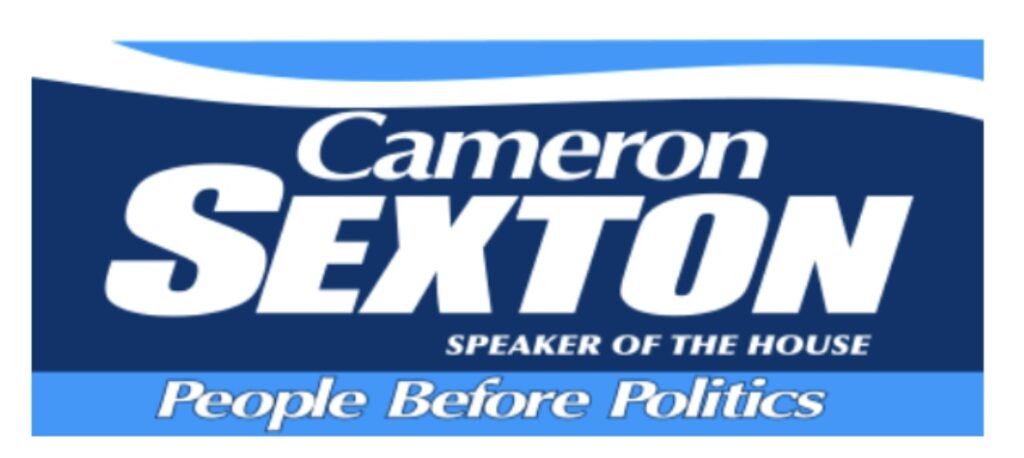The Tennessee Comptroller’s Office of Research and Education Accountability (OREA) has released an evaluation of the Tennessee Investment in Student Achievement (TISA) funding formula for K-12 education.

The General Assembly created TISA in 2022 to replace the Basic Education Program (BEP), the state’s former K-12 funding formula.
In the first year of TISA, the 2023-24 school year, the General Assembly invested an additional $1.16 billion of state funding in K-12 education through the formula. OREA found that because of this investment and the design of TISA, all locally administered school districts received more state money in the first year of TISA than the last year of the BEP.
In June 2024, OREA surveyed district directors across the state with a 76 percent response rate. On the OREA survey, district leaders were generally complimentary of the transition from the BEP to TISA, citing improvements such as increased funding and effective communication efforts by the Tennessee Department of Education (TDOE). They also identified some shortcomings in the first year of the formula’s implementation, however, including issues related to the tracking of student data.
TISA made a number of changes in the way state education dollars are allocated to public schools, such as shifting from a resource-based formula to a student-based formula. A student-based funding model allocates base funding for all students and additional weighted funding for students who meet certain criteria, such as those who are classified as economically disadvantaged, experience concentrated poverty, reside in a small or sparse district, or have unique learning needs.
TISA also includes direct funding from the state to support students in five priority areas (K-3 literacy, grade 4 literacy support, career & technical education, ACT testing for grades 11 and 12, and charter school students). Another component of TISA, outcomes funding, allocates additional state funding to districts that achieve specific student performance targets. TISA also includes funding for other purposes, including additional funding for districts with fast-growing student populations or those with declining enrollment.
OREA found that while TDOE has met most requirements found in TISA law and rule, several requirements, such as the requirement for TDOE to annually convene meetings of an Outcomes Review Committee and specifications for professional development, are either partially incomplete or have not been met. The report includes recommendations on how the department can address these shortcomings.
OREA concluded that evaluating the TISA formula’s effects on districts’ spending decisions and the resulting impact on student achievement will require more years of data. The report identifies metrics to gauge the impact of TISA on student outcomes in the coming years.
To read the report click here and to see the one page snapshot click here. You msy visit the Comptroller’s website at: tncot.cc/orea




















